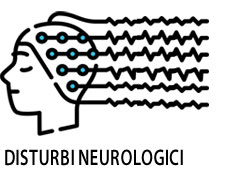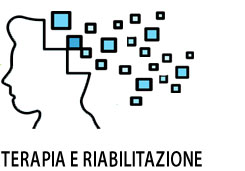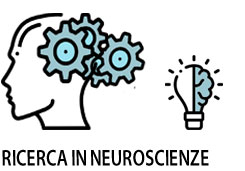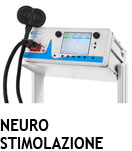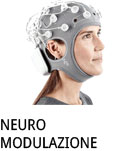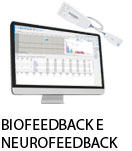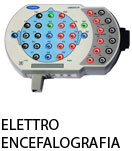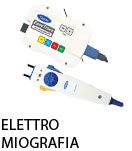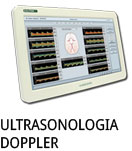- +39 011 5821948
- info@geasoluzioni.it
- Lun - Ven 8:00 - 17:30
Rehabilitation of the hemiparetic gait by nociceptive withdrawal reflex-based functional electrical therapy: a randomized, single-blinded study
- Abstract:
- Background Gait deficits are very common after stroke and improved therapeutic interventions are needed. The objective of this study was therefore to investigate the therapeutic use of the nociceptive withdrawal reflex to support gait training in the subacute post-stroke phase. Methods Individuals were randomly allocated to a treatment group that received physiotherapy-based gait training supported by withdrawal reflex stimulation and a control group that received physiotherapy-based gait training alone. Electrical stimuli delivered to the arch of the foot elicited the withdrawal reflex at heel-off with the purpose of facilitating the initiation and execution of the swing phase. Gait was assessed before and immediately after finishing treatment, and one month and six months after finishing treatment. Assessments included the Functional Ambulation Category (FAC) test, the preferred and maximum gait velocities, the duration of the stance phase in the hemiparetic side, the duration of the gait cycle, and the stance time symmetry ratio. Results The treatment group showed an improved post treatment preferred walking velocity (p < 0.001) and fast walking velocity (p < 0.001) compared to the control group. Furthermore, subjects in the treatment group with severe walking impairment at inclusion time showed the best improvement as assessed by a longer duration of the stance phase in the hemiparetic side (p < 0.002) and a shorter duration of the gait cycle (p < 0.002). The stance time symmetry ratio was significantly better for the treatment than the control group after finishing training (p < 0.02). No differences between groups were detected with the FAC test after finishing training (p = 0.09). Conclusion Withdrawal reflex-based functional electrical therapy was useful in the rehabilitation of the hemiparetic gait of severely impaired patients.
- Patologie/Applicazioni:
- Anno:
- 2014
- Tipo di pubblicazione:
- Articolo
- Parola chiave:
- riabilitazione motoria; NWR-FET; nociceptive withdrawal reflex; functional therapy; post-stroke; ictus; riabilitazione del passo
- Testata scientifica:
- BMC - Springer nature
- Mese:
- 05
- Nota:
- L'obiettivo di questo studio è quello di indagare l'uso della terapia elettrica funzionale con riflesso nocicettivo (NWR-FET nociceptive withdrawal reflex in functional electrical therapy), per supportare l'allenamento della deambulazione nella fase subacuta post-ictus. L'andatura è stata valutata prima e immediatamente dopo la fine del trattamento. I progressi sono stati analizzati anche a distanza di un mese, e dopo altri sei, dall’inizio della terapia. Rispetto al gruppo di controllo, il gruppo trattato ha mostrato un miglioramento della velocità di camminata, e anche i soggetti con grave compromissione della deambulazione hanno mostrato un miglioramento. La NWR-FET è stata quindi riconosciuta come valida nella riabilitazione dell'andatura emiparetica.
- DOI:
- 10.1186/1743-0003-11-81
Hits: 83
La nostra storia
GEA soluzioni si affaccia nel 2013 al mercato della strumentazione medicale di alto livello tecnologico ma la sua storia parte da più lontano, clicca qui per approfondire.
GEA SOLUZIONI SRL
via Issiglio 95/10, Torino
Tel.: 011 5821948 / 011 4463853
Fax: 011 0433281
Email: info @ geasoluzioni.it
P. IVA IT11696920013
REA TO1233648

